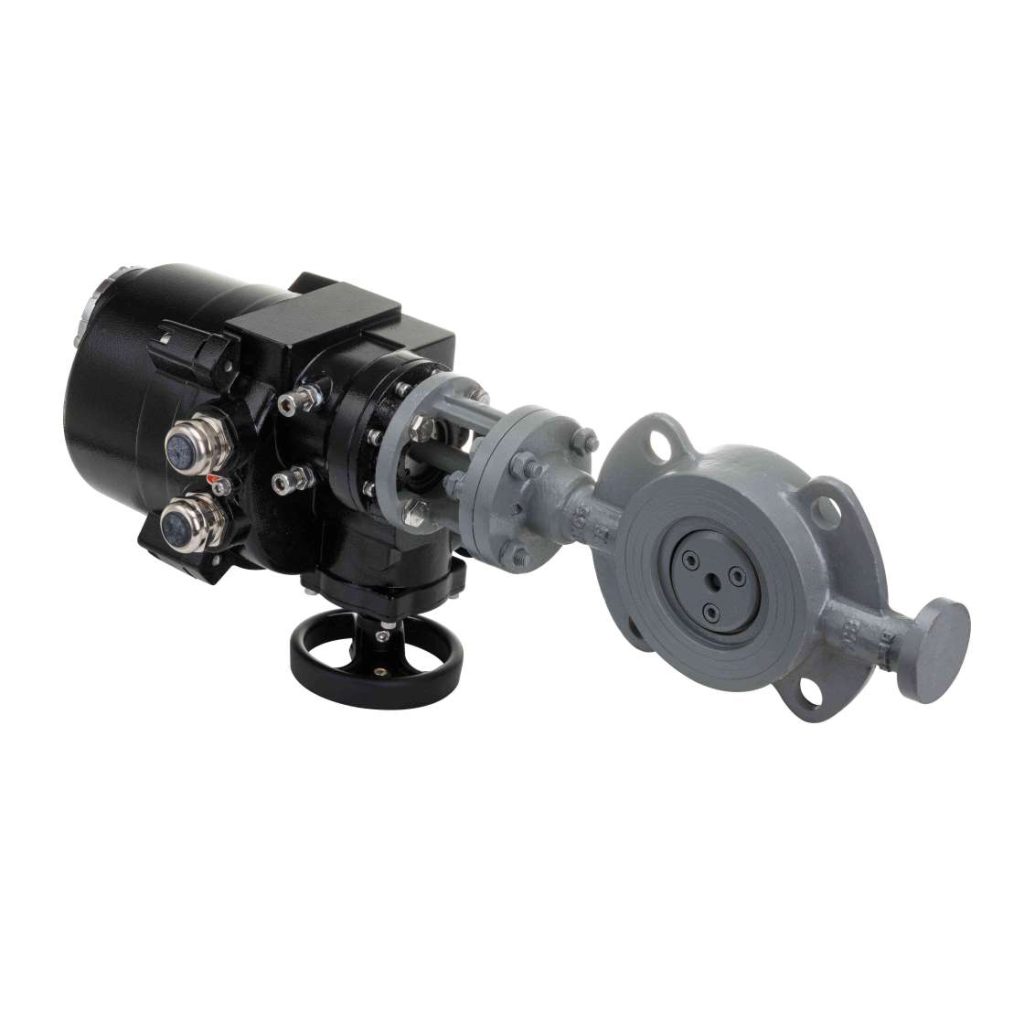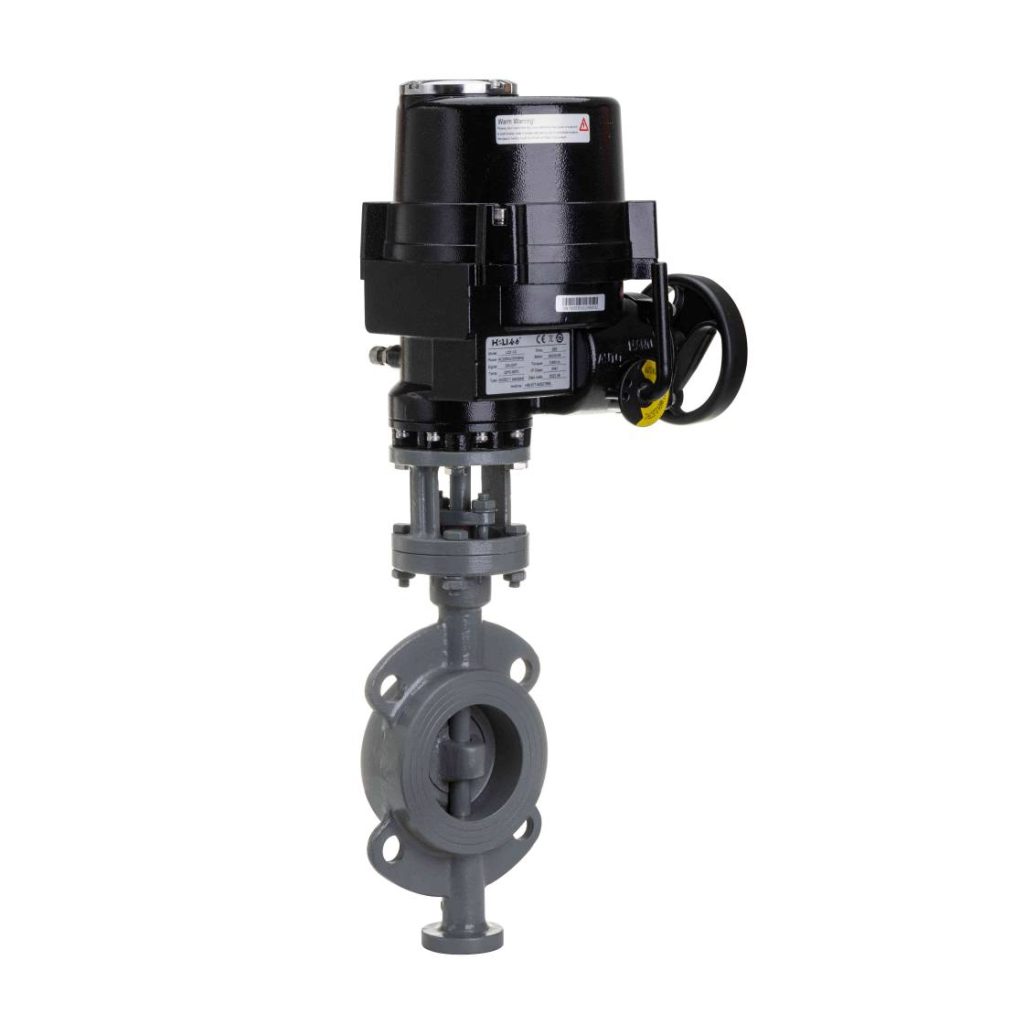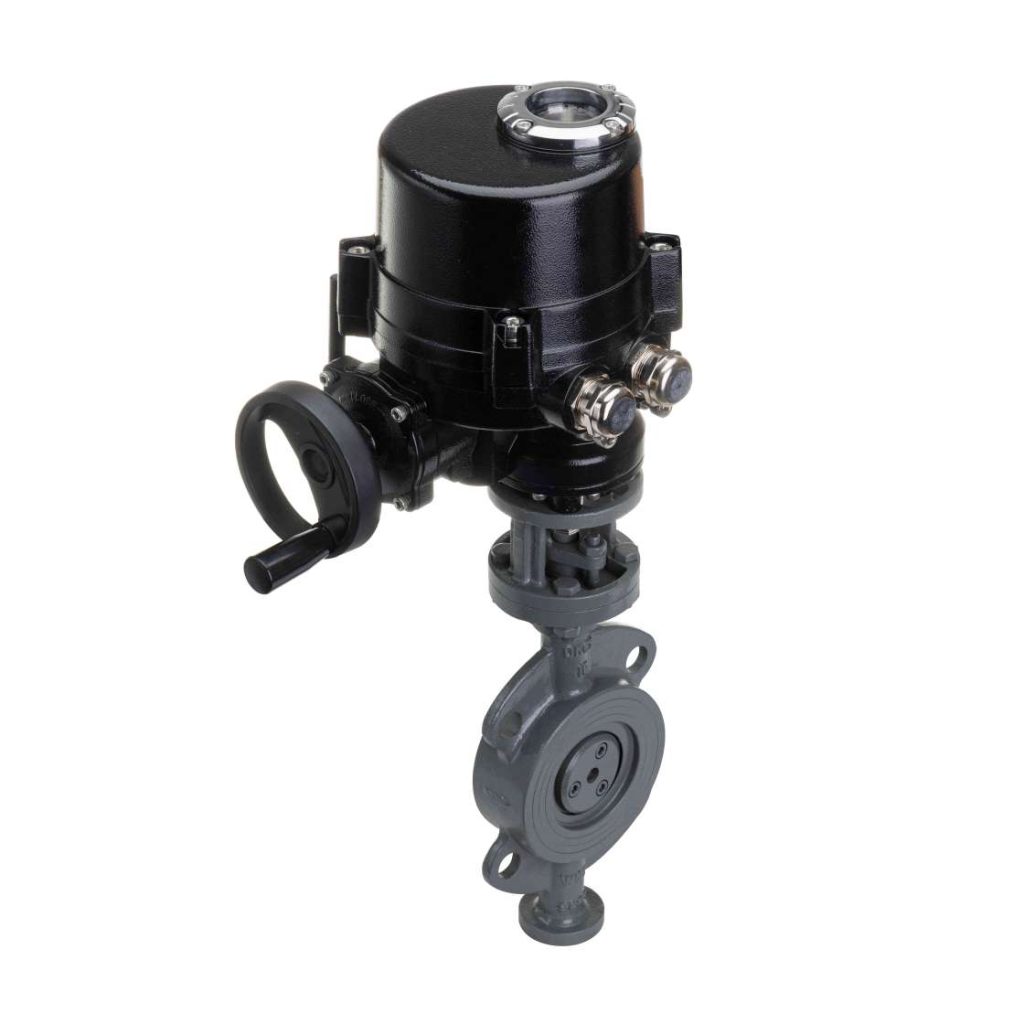In the maritime industry, the demand for reliable and efficient systems has never been greater. One critical component that plays a vital role in managing fluid flow in ships and marine structures is the valve. Among the various types of valves used in marine applications, the marine electric butterfly valve has gained significant popularity due to its numerous advantages. This article explores the features, benefits, and applications of marine electric butterfly valves, highlighting their importance in enhancing efficiency and safety in maritime operations.

Understanding Marine Electric Butterfly Valves

A butterfly valve is a quarter-turn valve that uses a circular disc, or “butterfly,” to control the flow of fluid through a pipe. Marine electric butterfly valves are specifically designed for marine environments, where they are subjected to harsh conditions such as saltwater, extreme temperatures, and high pressures. These valves are operated using electric actuators, which provide precise control and automation capabilities, making them an ideal choice for various marine applications. The basic components of a marine electric butterfly valve include the body, disc, actuator, and seal. The valve body is usually constructed from corrosion-resistant materials such as stainless steel or special alloys to withstand the challenging marine environment. The disc, which is the critical element for flow regulation, pivots around a central axis, allowing for quick and efficient opening and closing of the valve. The electric actuator enables remote control and automation, enhancing operational efficiency and safety.

Leave a Reply